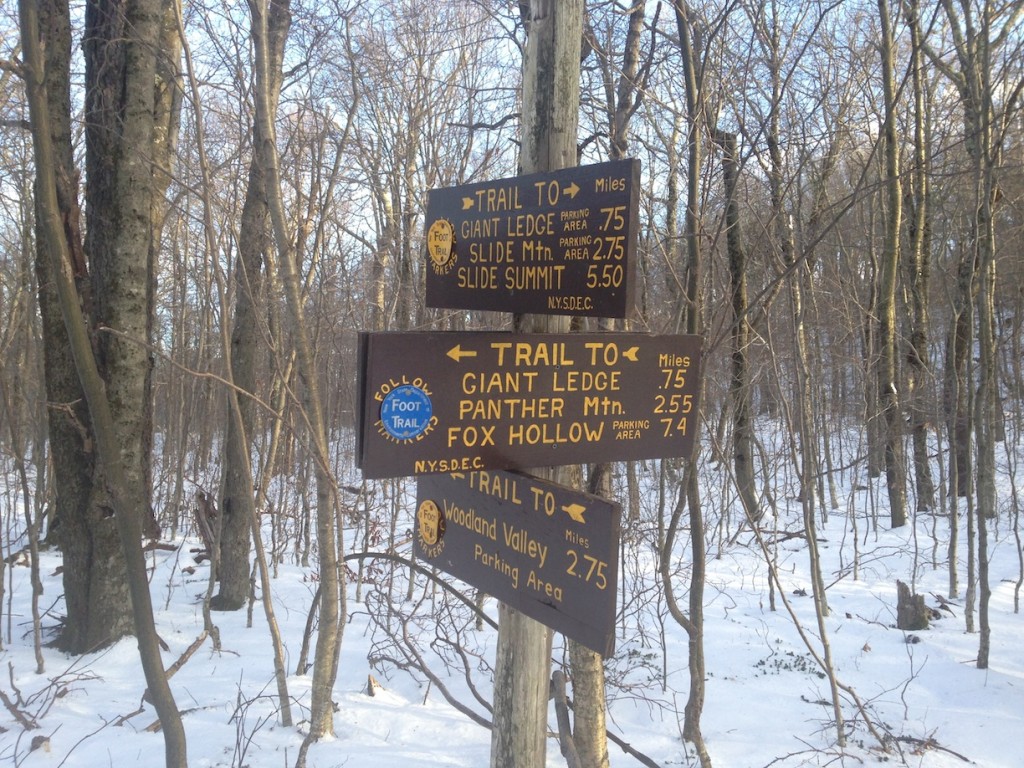by: Jeff Vincent of Catskill Mountain Wild
With winter approaching, we’ll start to see more and more ill-prepared hikers in the Catskills. It’s important to know the right clothing to wear and special gear you may need on a cold weather trip.
Your clothing should be broken down into three basic layers: a base layer, an insulating layer and a top layer that will protect you from the elements.
Base Layer
First, start with a good base layer. You’ll want to pick something that’s moisture wicking. This means that any sweat or water will be pushed away from your body, keeping you dry and warmer overall. Look for something made from Merino wool or a synthetic blend of polyester. Whatever you choose, make sure it’s not cotton! Cotton holds onto moisture, reducing your body temperature and causing chaffing as you hike.
Another important part of your base layer is a good pair of socks. The brand Darn Tough is a great choice to keep your feet warm and dry–and they even offer a lifetime warranty.
Insulating Layer
Your next layer is where your warmth and insulation will come from. Fleece and wool are great options for this layer since they’ll keep you warm even when they get wet. Goose down is the best option to keep you warm, but keep in mind that down loses its warming properties when it gets wet.
Your insulating layers can be layered themselves, and it’s a good idea to pack extra in case colder weather moves in. Remember to take a layer off if you’re getting hot and starting to sweat to keep yourself dry.
Layer Against the Elements
Your third and final layer is going to help keep rain, snow and wind from getting to your skin. If you have enough previously mentioned insulating layers, this third layer doesn’t have to be much more than a wind breaking and waterproof shell. Many jackets offer the insulation and this outer layer. You’ll want this layer to keep you dry but be breathable so you don’t overheat and start to sweat. Look for materials from nylon to Gore-Tex.
Obviously, you don’t want to forget your hats and gloves, but think about adding a scarf or some sort of face warmer to your ensemble. Choosing a bright color, like blaze orange, will keep you even safer during hunting season and again, avoid cotton at all costs.
Additional Gear
What are most commonly know as microspikes are arguably the most essential piece of winter gear you’ll need in the Catskills. They easily pull right over your hiking boots or shoes and give you awesome traction over the ice that will cover the mountains this season. I wouldn’t attempt any significant hike without having these in your pack; I’ve definitely seen injuries that could have been prevented by getting a pair. They’re usually somewhere around $60 and worth every penny. One thing to remember about microspikes is they’re designed for traction on ice, so they actually may make you slip and fall if you step on an exposed rock or root.
Snowshoes come in all sizes for different uses. If you plan on doing any winter camping or having significant weight on your back, you’ll want a pair with a larger footprint to help keep you on top of the snow. For most day hikes, though, a smaller footprint will suffice.
I use trekking poles year round. They take some weight off my back, keep me balanced and really help my knees while hiking downhill.
As always, make sure you have plenty of food and water, a headlamp and a map and compass. And don’t forget to let someone know where you’re going and when you plan on returning before you head out.
Happy trails.
____________________________________________________________
Jeff Vincent is a Catskill Native and an Appalachian Trail Thru-Hiker. He is a licensed New York State trail guide and owner and founder of Catskill Mountain Wild; a guide service offering hiking, fishing, camping and paddling tours in the Catskill Mountains and surrounding areas. The Upstate Dispatch crew hiked to Overlook Mountain Fire Tower with Jeff and his team this year. We will be using his services for some of our Catskill 35 bushwhacks in the next year. This article was originally published in Peak Magazine and is offered here by permission of the author.
